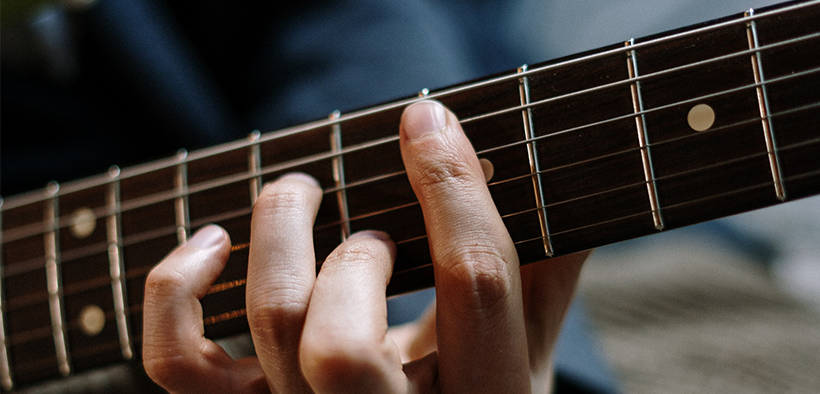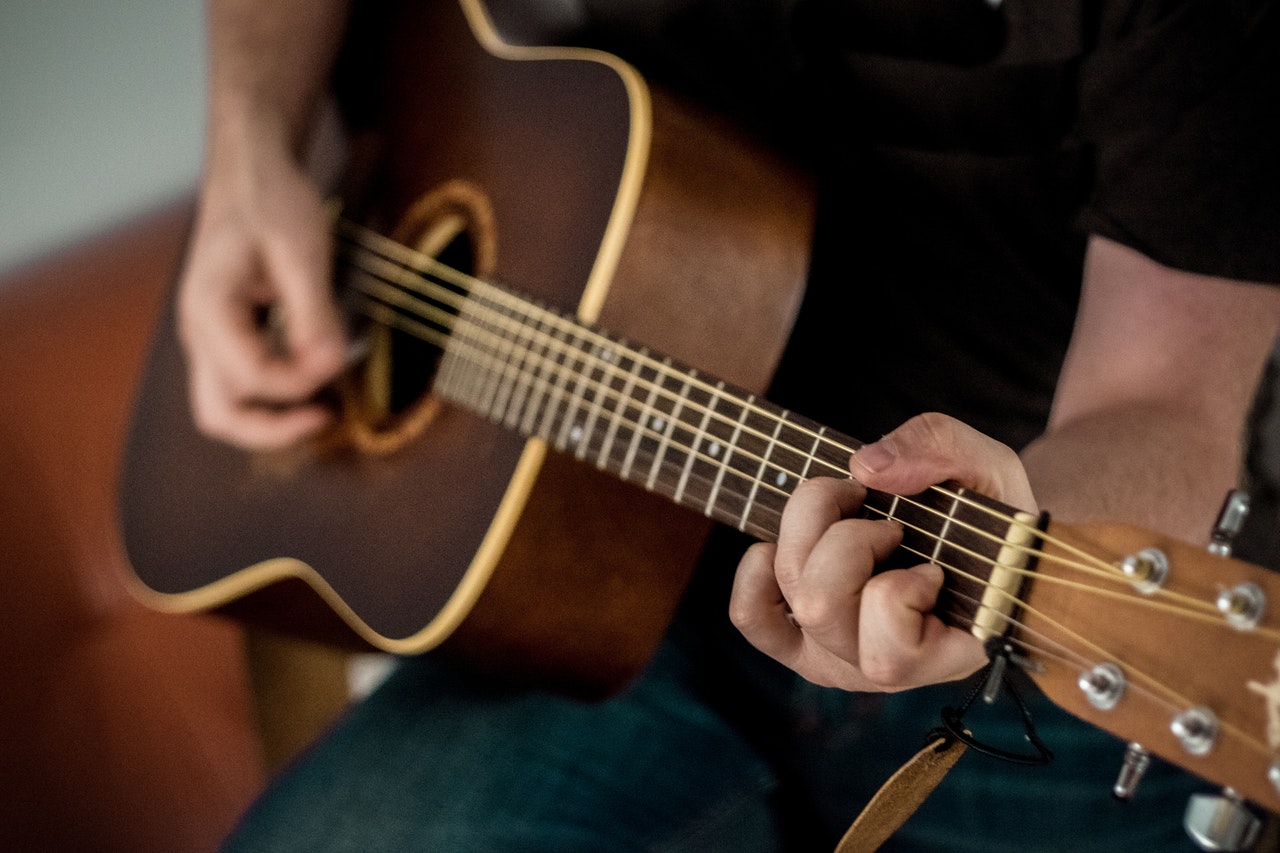Guitar scales for beginners
Share

Guitar scales are an essential aspect of playing the guitar, regardless of whether you’re a beginner or an experienced player.
Scales are a series of notes that are played in a specific order to create a specific sound. Learning and practicing scales can improve your technique, help you understand music theory, and develop your overall guitar-playing ability. In this article, we’ll discuss guitar scales for beginners.
What are guitar scales?
A guitar scale is a series of notes played in a specific order. Scales are named after their root note, which is the note the scale begins on. For example, a C major scale starts on the note C, while a G major scale starts on the note G. Guitar scales are typically played up and down the fretboard using different fingerings.
Why learn guitar scales?
Learning scales on the guitar has several benefits for beginners:
1. Improve finger strength and dexterity: Playing scales requires using all of your fingers in a coordinated manner, which can help you develop strength and dexterity in your fingers.
2. Enhance your technique: Playing scales can improve your picking, fretting, and overall technique, making it easier to play more advanced pieces.
3. Understand music theory: Scales are the building blocks of music theory. Learning scales can help you understand how music works and improve your ability to create your own music.
4. Play solos and improvisations: Knowing scales is crucial for playing solos and improvisations. Scales provide a framework for playing melodies and solos that sound musical and coherent.
How to practice guitar scales?
To get started with guitar scales, you’ll need to learn the basic fingerings and practice them regularly. Here are some tips on how to practice guitar scales:
Types of guitar scales
There are many different types of guitar scales, but some of the most common ones for beginners are:
Major scale: The major scale is one of the most important scales in Western music. It has a happy and uplifting sound and is used in a wide variety of musical styles.
Minor scale: The minor scale has a sad and melancholy sound and is used in many genres of music, including rock, blues, and jazz.
Pentatonic scale: The pentatonic scale is a five-note scale that is commonly used in rock, blues, and country music. It’s a great scale for beginners to learn because it’s easy to play and sounds great in many musical contexts.
Blues scale: The blues scale is a variation of the pentatonic scale that adds a “blue” note, giving it a distinct sound that’s commonly used in blues and rock music.
Chromatic scale: The chromatic scale includes all 12 notes in Western music and is used in a variety of musical styles, including jazz and classical music.
Tips for learning guitar scales
Start with the basics: Begin with the major and minor scales, as these are the foundation of most music. From there, you can move on to more complex scales.
Memorize the fingerings: To play scales quickly and accurately, you need to memorize the fingerings. Practice the fingerings until they become second nature.
Practice with a metronome: Playing with a metronome helps you stay in time and develop your sense of rhythm. Start with a slow tempo and gradually increase the speed as you get more comfortable.
Practice alternate picking: Alternate picking is a technique where you use both upstrokes and downstrokes when picking the strings. This technique helps you play scales quickly and smoothly.
Practice legato playing: Legato playing involves playing the notes smoothly and without interruption. This technique helps you play scales more fluidly and with greater expression.
Experiment with different rhythms: Playing scales in different rhythms can help you develop your sense of timing and create more interesting melodies.
Learn to transpose: Transposing a scale means playing it in a different key. Learning to transpose scales can help you develop your ear and improve your ability to play in different keys.
Use scales in your playing: Once you’ve mastered a few scales, try using them in your playing. Use them to create melodies, improvise solos, and add color to your chord progressions.
Learning guitar scales is an essential part of becoming a good guitarist. Scales help you develop your technique, understand music theory, and play solos and improvisations. By practicing regularly and using different fingerings, you can master the basic scales and begin to experiment with more complex ones. Remember to start slow, use a metronome, and practice consistently. With time and effort, you’ll be playing scales with ease and confidence, and adding color and expression to your playing.
For video lessons on scales, check out our guitar series on Fundamentals which take you through various chord patterns, scales and modes.










